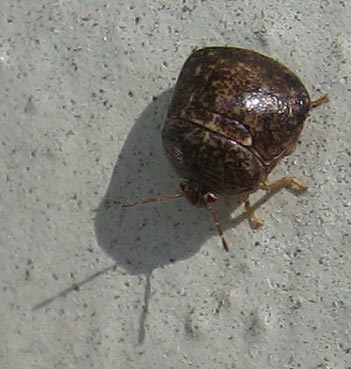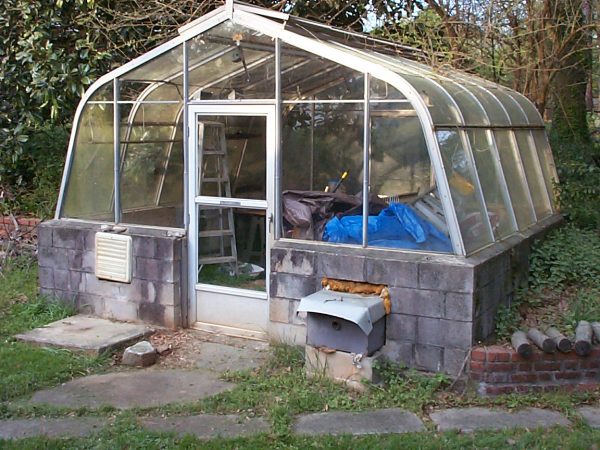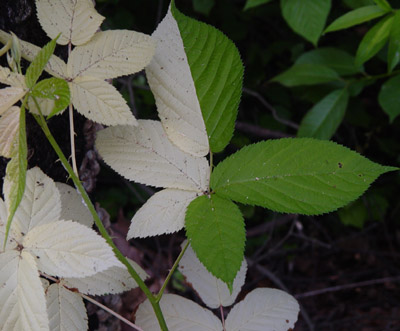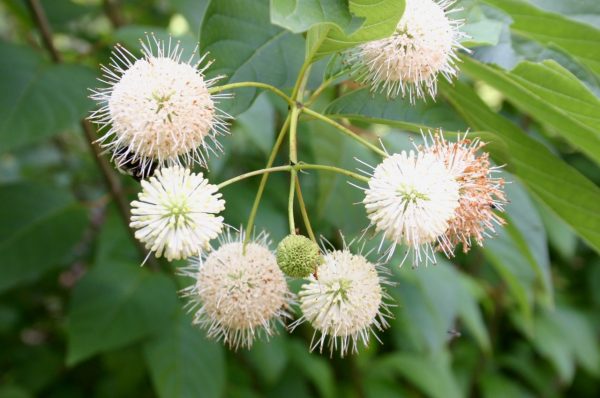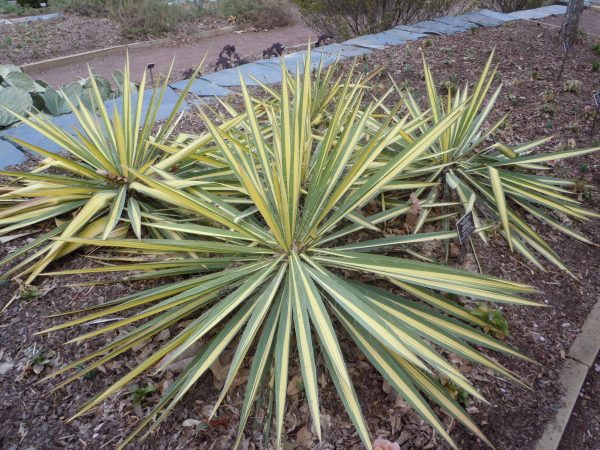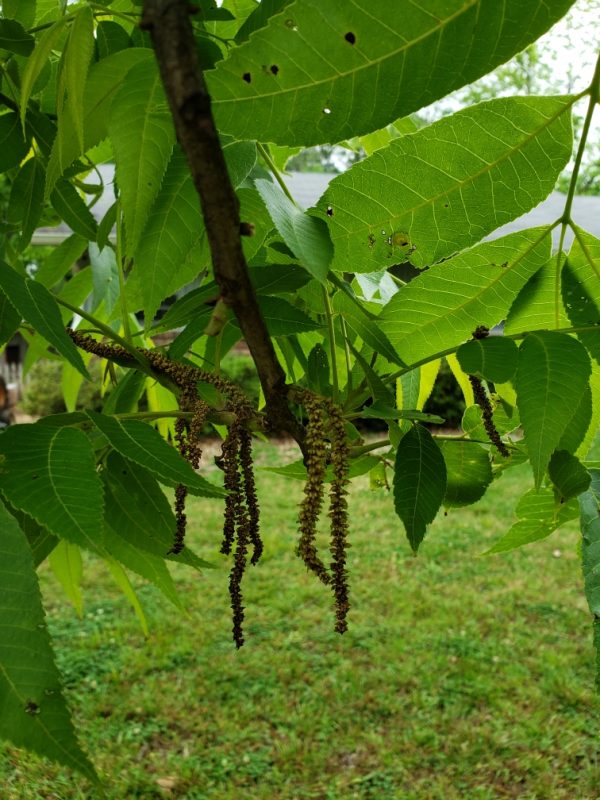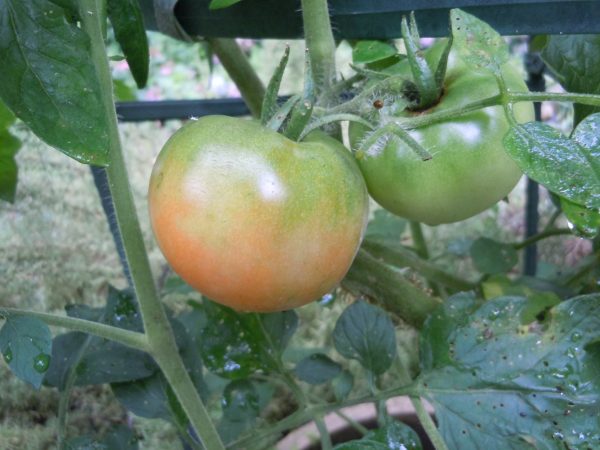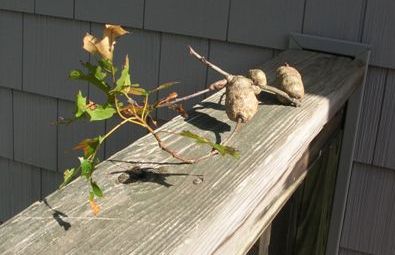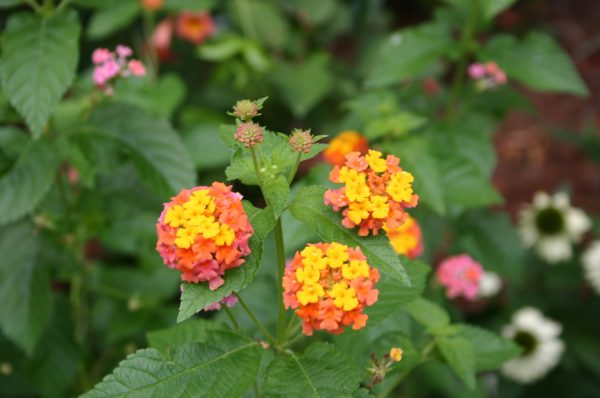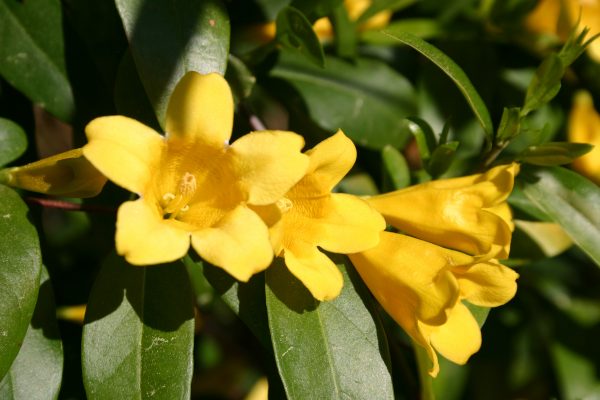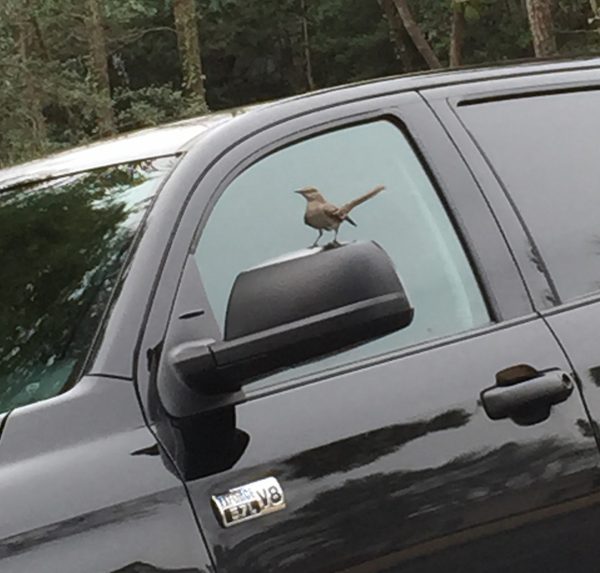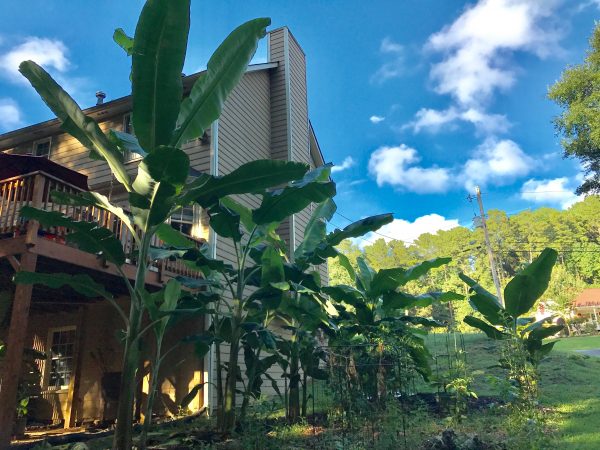Co-dominant tree branches and trunks are dangerous
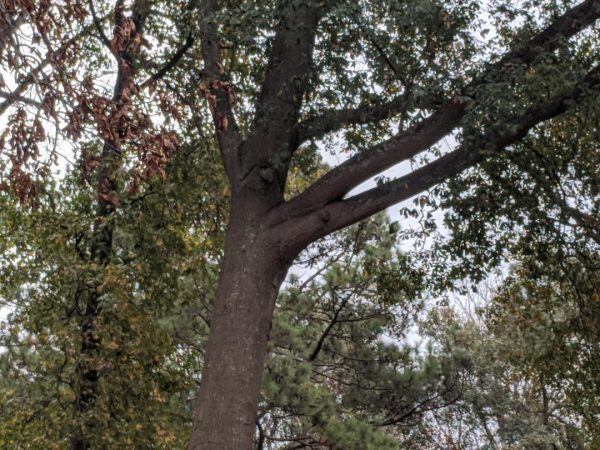
Q: I have a couple of large oak branches overhanging the house that I’d like to have removed. My concern is that they both join the tree trunk at the same spot.
A: I remember overhearing my friends Shannon Pable and Theresa Schrum as they studied for their arboriculture certification. They moaned about the hazards of co-dominant trunks and branches and what to do about them.
You have both in the two trees I see.
Someone usually has to climb in the tree and study the attachment points. You need to hire a consulting arborist to take a look. The Georgia Arborist Association, georgiaarborist.org, has several members who do only consulting work on tree health and hazards.
Hire someone to advise you.
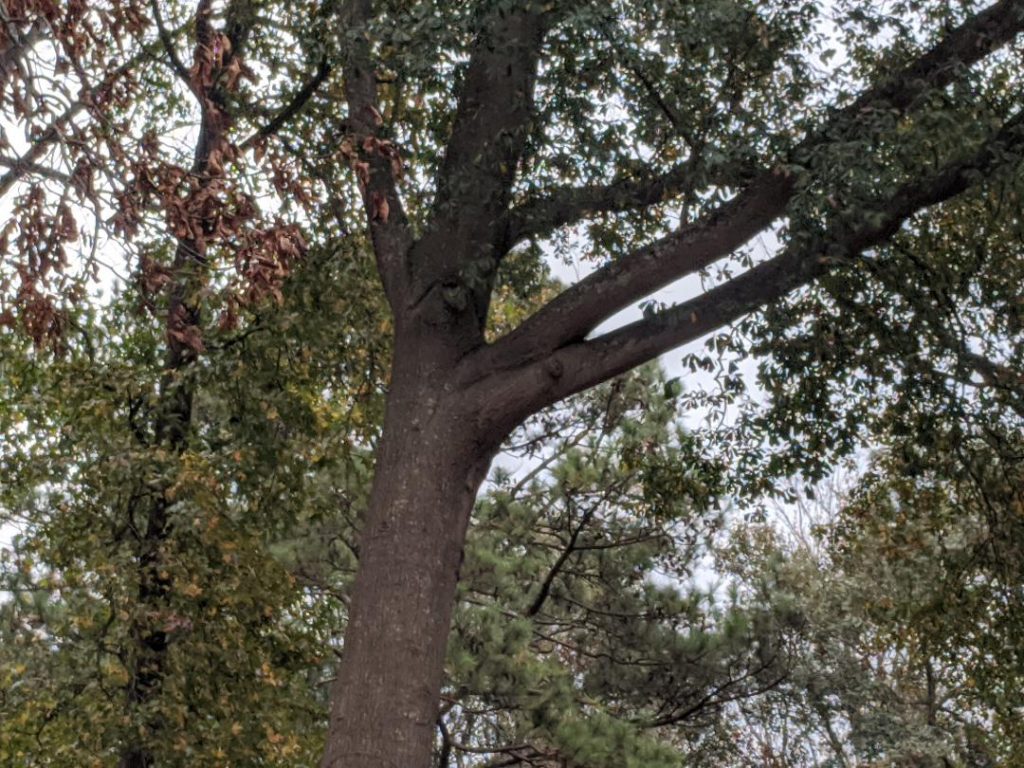
co-dominant branches
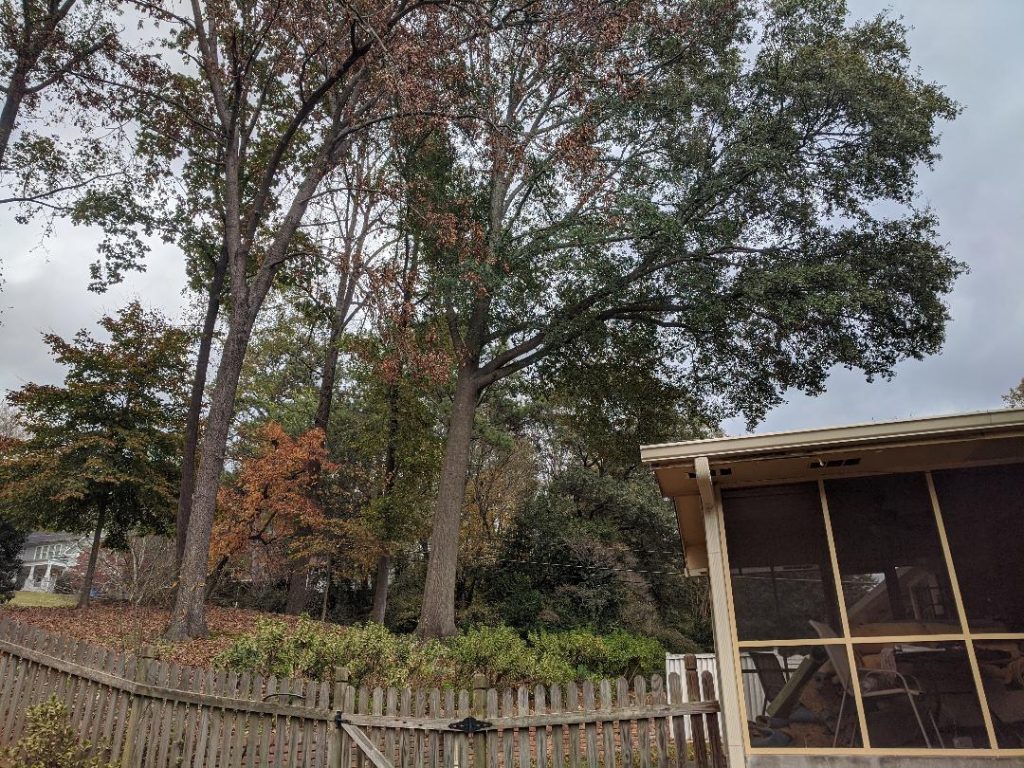
tree on left has co-dominant trunks



